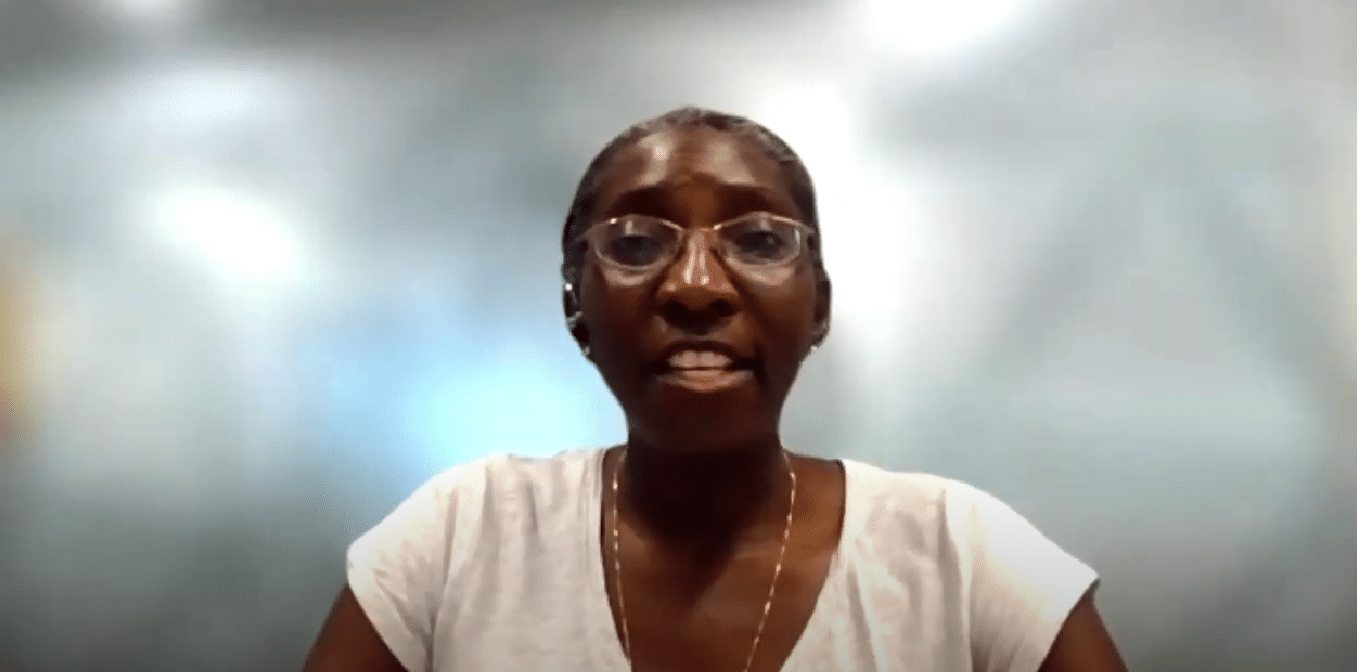Overview
STEM careers
Time
Materials
Stuff that usually ends up in garbage or recycling that you can clean and dry, such as:
- Paper bags
- Plastic bags, containers, wrappers, and beverage holders
- Cans
- Used paper
- Newspaper and magazines
- Cardboard
- Egg cartons
- Plastic bottles
- Toilet paper and paper towel rolls
Stuff to hold things together, such as:
- String
- Ribbon
- Thread
- Shoelaces
- Elmer’s glue (it’s biodegradable)
- Gummed paper tape (plastic tape can’t be recycled and doesn’t biodegrade)
- Safety pins
Instructions
Introduction
Think about a candy wrapper or a milk jug. What happens to it after you’ve thrown it out or put it in recycling? The odds are good that the answer, in many cases, is…nothing. Many materials can’t be used again. And although we’ve become more aware of the importance of recycling, we’re still not doing it nearly enough.
Some engineers are thinking bigger: What if everything we use gets made into something we can use again, so it never goes into the garbage? What if we only used materials that are easy to repurpose and don’t generate pollution? Thinking this way is the basis of what’s called the circular economy. It is an answer to our garbage and pollution crisis. In a circular economy, we behave like nature, where nothing is wasted, and everything is constantly reused in one form or another.
We challenge you to use materials from your household garbage or recycling and design a prototype for something that people can enjoy or use.
There are two restraints for this challenge (an engineering constraint is a limitation on your design):
- Use only materials from recycling or garbage that can be cleaned.
- Use only materials that don’t have sharp edges or are dangerous to handle.
Brainstorm
Sometimes the hardest step is deciding what you want to make—do you want to design a game or toy people can play with? Or something for your pet? Or is there a small problem you want to solve, like keeping your toys organized? Here are some examples to help give you ideas:
- A birdhouse starting with a milk carton or plastic soda bottle
- A pen/pencil holder starting with a cardboard tube
- A wind chime starting with bottle caps
- A jewelry holder starting with a cardboard box
- A picture frame starting with popsicle sticks
- A bookshelf starting with used pallets
- A backpack starting with an old hoodie
- A cat scratcher starting with cardboard boxes
Look at the wide variety of stuff in your garbage and recycling. Pick out some things that are pretty easy to clean. What are their different properties? Strong? Stiff? Flimsy? See-through? Imagine some ways these materials could be combined into a whole new object.
Draw a few designs you could make out of these materials.
Build and Test
As you’re building, you might discover that you need to modify your design, or you might need to rethink how you’re using the materials you collected or adjust them in some way. That’s okay! Lots of times, things don’t work out as we planned, and we need to make changes along the way.
When you’re ready, test your design. How did it work?
Make Changes and Try Again!
Did it work the way you hoped? Think about changes to your design, exploring different materials, or starting over! Engineers rarely get it right on the first try. They learn from their mistakes and keep trying.
Share Your Results with a Teacher, Parent/Guardian, or DiscoverE!
You can email photos to DiscoverE at social@DiscoverE.org


This was very cool and interesting